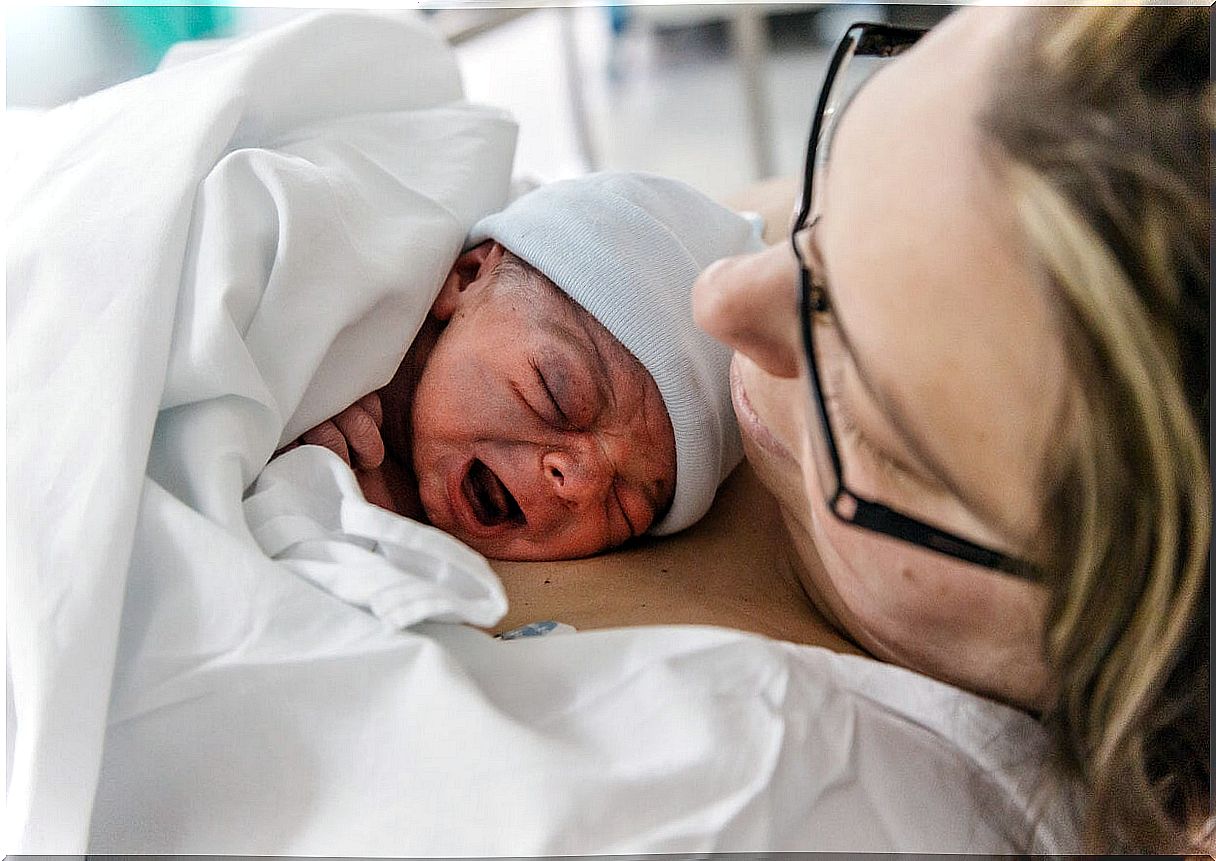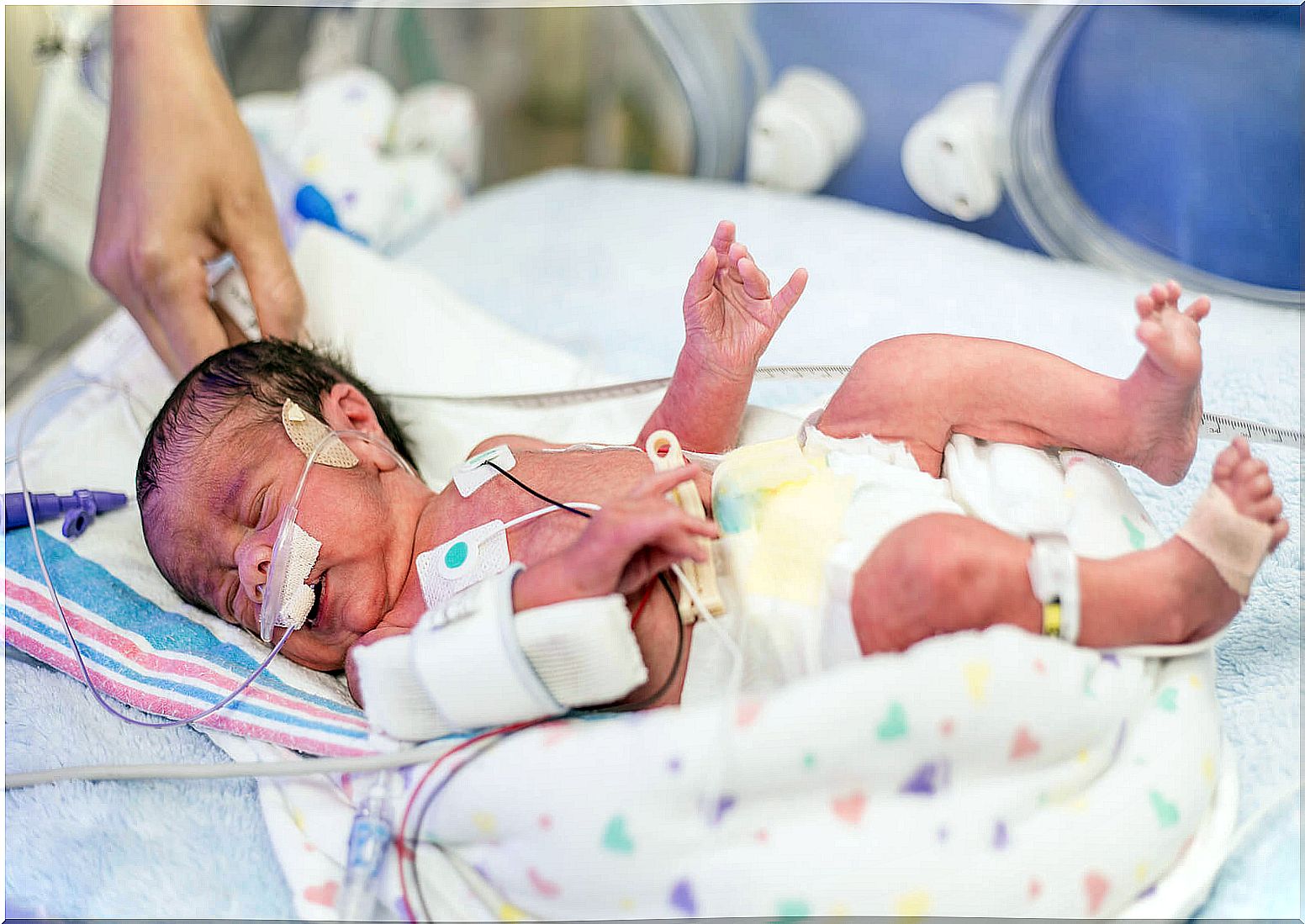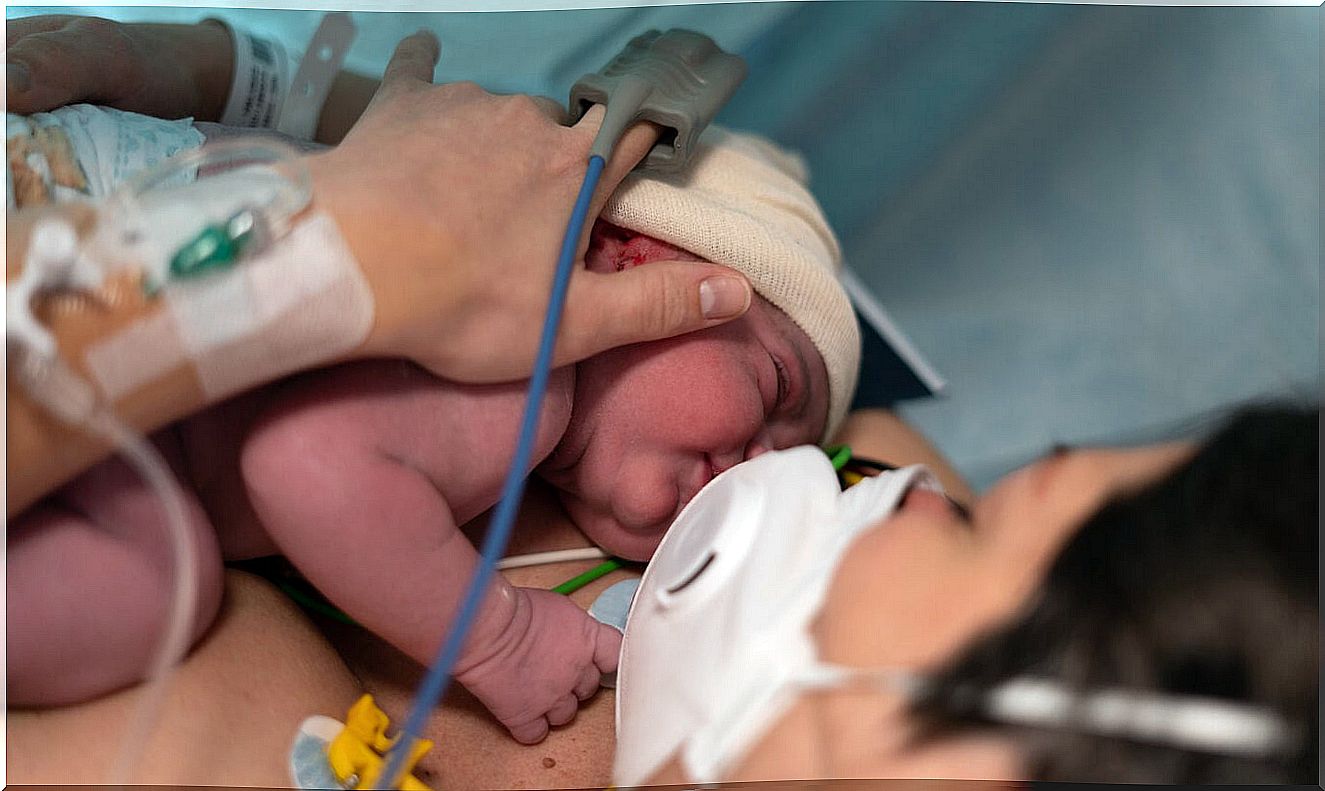Always Together! The Mother’s Touch With The Baby Saves Lives According To The WHO

The gestation period is a marvel in which both the mother and the baby are indivisible, that is, they share sensations at their best. This fantastic 9-month bond does not end with childbirth, in fact, the World Health Organization (WHO) has reaffirmed it. To this end, the mother’s touch saves lives. But how does it happen?
It is clear that newborns are in a phase of adaptation to a new environment. In this way, it is convenient that the transition is gradual and according to the times recommended by the specialists. Recently, a WHO study has shown the harmful effects of separating babies with health difficulties from their mothers.
Research figures indicate that the mother’s closeness to her baby can save over 250,000 lives. Thus, a new debate has arisen between separating premature babies to protect them from some risk of disease and keeping them with their mothers to enjoy the remarkable benefits.

Benefits of the mother’s touch with the baby
The first days of a premature baby with weight deficiency and health problems are decisive so that he does not develop serious problems later. For this reason, during this period of time, contact with the mother becomes more prevalent, since it promotes the following benefits:
- Reduces the risk of hypothermia from an effective temperature regulation.
- Apneas decrease in premature babies.
- It favors the breastfeeding process.
- It promotes the development of the baby.
- Increase the affective bond.
- It transmits tranquility and security to the baby to keep it serene.
- Increases defenses by effect, derived from breast milk.
In the event that the infant is favored by these conditions, the research presented by the WHO shows that serious infections are reduced by 65% and the effects of hypothermia by 70%. All of the foregoing determines that the total reduction in mortality reaches 40%.
Mother’s touch saves lives with kangaroo care
According to statements by Dr. Anshu Banerjee, Director of the WHO Department of Maternal Health, the time to take the initiative is now. Otherwise, the tragedies related to the loss of newborns will increase.
“If we do not act now to protect and improve the quality of care for mothers and newborns and to expand the coverage of life-saving interventions such as kangaroo care, decades of progress in which we have reduced the infant death rate ” , these were the words of Banerjee collected by the WHO.
One of the most striking recommendations of the renowned specialist focuses on the kangaroo mother method, also known as MMC. What does it consist of? It is a technique largely focused on preserving skin-to-skin contact. The aforementioned favors stimulation, a feeling of shelter, nutrition and integral health.
The mother’s touch saves lives with the effective use of this procedure that can be extended 24 hours a day or applied in shifts according to the baby’s needs. As an additional fact, the origin of the name is in the very effective strategy used by kangaroos, who allow the extrauterine evolution of their young.
When to implement the kangaroo method?

Kangaroo care can be implemented for all babies. However, its usefulness is greater when neonates weigh less than 2.5 kilograms and when birth occurs at less than 37 weeks’ gestation. Another relevant point is that the baby must have stable vital signs.
Mother and son are indivisible
Mother and child must stay together during the first stages of life, so it is imperative to find a balance between reducing the risk of contagion to a disease and skin-to-skin contact.
Ultimately, the WHO warns that there are about 15 million premature babies that reach the world each year, who are in danger of facing unsustainable health difficulties in the future. In this way, there are enough signals that show us the need to react in the shortest possible time.










